Say Hello!
Sign In
- Health and Safety
Five easy hacks to prevent blisters on a trek
Blisters are a universal problem, each one of us gets affected by it multiple times in our life. You don't need to go on a trek to get blisters you can get one just by sitting at home doing nothing. So in case you are not planning to hike anytime soon, this article will still be useful for you. So read on as you might get a solution for your already existing or an upcoming blister.
So the very first question that comes to one's mind is what exactly are Blisters and why are they so important to treat especially during your trekking expeditions.
First things first* any bump on your skin that gets filled with blood when skin gets damaged or irritated is termed as a blister. There are basically three kinds to these. The second one is termed as ulcers and it's the most terrible of all the three. Ulcers happen in the month and make eating and drinking an extremely painful process. And the third one the most relatable to trekkers are the friction blisters that occur due to walking for long hours especially when your feet are wet.
Know the cause of your blisters.
Predominantly these occur due to pressure, heat, and moisture. These could be the cause of your wrong choice of boots or wrinkles in your socks. Prevent these conditions to occur and you can go blister-free in first place.
So here comes a few easy tips and tricks to prevent its occurrence.
Choose the right trekking shoes.
To prevent blisters, it's very important that your feet are dry and for that sake, you need shoes that fit well to prevent sweating, and also they should function well to prevent water getting into your shoes in simple words your shoes must be water repellent but absorbent at the same time. easy?? Waterproof hiking shoes may prevent your feet from outside water but the unbreathable materials make the feet very sweaty and on the contrary, mesh ventilated hiking shoes work well for keeping your feet cool but works terribly when it comes to keep them dry. So, make a smart decision and find a pair that does both. Also, opt for a pair of quick-dry socks.
P.S: While getting a new pair of shoes always test them by walking downwards on a ramp, you might be aware of the perfect shoe size for you but still avoid taking any risk to ensure that your toes don't bump into the shoes and if it does you certainly need to switch to a bigger size.
Don't forget your socks at home
Yes, you heard it right. If you are one of those millennials who skip wearing socks with their shoes then please don't do this mistake on a trek else you might end up paying a heavy price for a bad habit. Always wear socks that fit perfectly well to prevent any wrinkles. Moreover, prefer hiking socks over the usual ones as they are designed in such a way that it dries all your sweat really quickly and also fits perfectly well to prevent any chafing. Always prefer quick-dry over a pair of cotton ones. Never wear cotton socks or any other cotton clothing article while trekking as it just soaks up the moisture from your feet causing blisters and also makes your body feel very wet and sweaty all the time. Quick dry and Dri-fit clothing works the best.
Cut your toenails
Remember how as kids our mothers always forced us to keep our nails trimmed and tidy and that?s exactly what you are supposed to do in this situation as well. It's very important that you have perfectly trimmed nails before you start your journey, grown out nails not only makes climbing upwards difficult but also causes unnecessary abrasion that leads to blisters and that's the last thing you would wish to happen to your feet during any of your treks. It can even cause a great deal of awkwardness while walking but also might lead to some serious injury or infection.
Keep your feet and shoes clean
Crossing through streams and rivers and puddles of dirt is what makes the sport really adventurous and reminds us of our nostalgic childhood. Therefore while planning your hiking expedition be prepared to meet these old friends along the way. Getting your feet muddy is a regular part of hiking but the dirt particles can rub against your feet and cause chafing and irritation. So don't forget to remove shoes at regular intervals and clean your feet, also, don't forget to clean in between your toes. You can use any clean napkin wet or dry for that purpose.
Upgrade your insoles
While you are at it and spending a great deal on the perfect pair of hiking shoes, add in a little more and upgrade your insoles. Even getting a cheaper insole will prove to be beneficial, it will surely make a lot of difference in the end and you will realize it's worth it when you will easily trek down the hills while others struggle. It not only makes the shoes fit better but also provides more support making it easier to walk for long hours; even in continuity.
What to do when you already have a blister!?
If you feel any sort of irritation in your feet while hiking than treat it right away because it?s probably a hotspot that will soon turn into a sour blister and as wise men say, "prevention is better than cure", cure it as soon as you can. The best way for that is to cover it with a corn cap or add extra padding to that area to prevent further pain due to abrasion.
If you decide to pop it by any chance then make sure to do it in a clean environment to prevent infection. Generally, the surroundings are not very clean during treks so it?s always better to do it after coming back to home. But in case it?s hurting too much and you can?t walk further without popping it then start by wiping the area with a fresh alcohol wipe. Use a clean tool like a heated knife to puncture the blister and drain out all the liquid from it after then wipe it clean and apply some antibiotic ointment and you will be good to go after you pop a pain killer.
It?s very important to carry foot care items along with all your other stuff. There are certain things that must be a part of your first aid kit during hiking while a few are optional.
Corn caps, medical tape, Band-Aids, small scissors, alcohol wipes, antibiotic ointment must be a part of your travel kit. Certain additions could be made with carrying nail clippers, anti-chafing balm, and other such items as well.
It is not so difficult to avoid a blister during a trek and by following the above-mentioned measures, we are sure you will not get one.

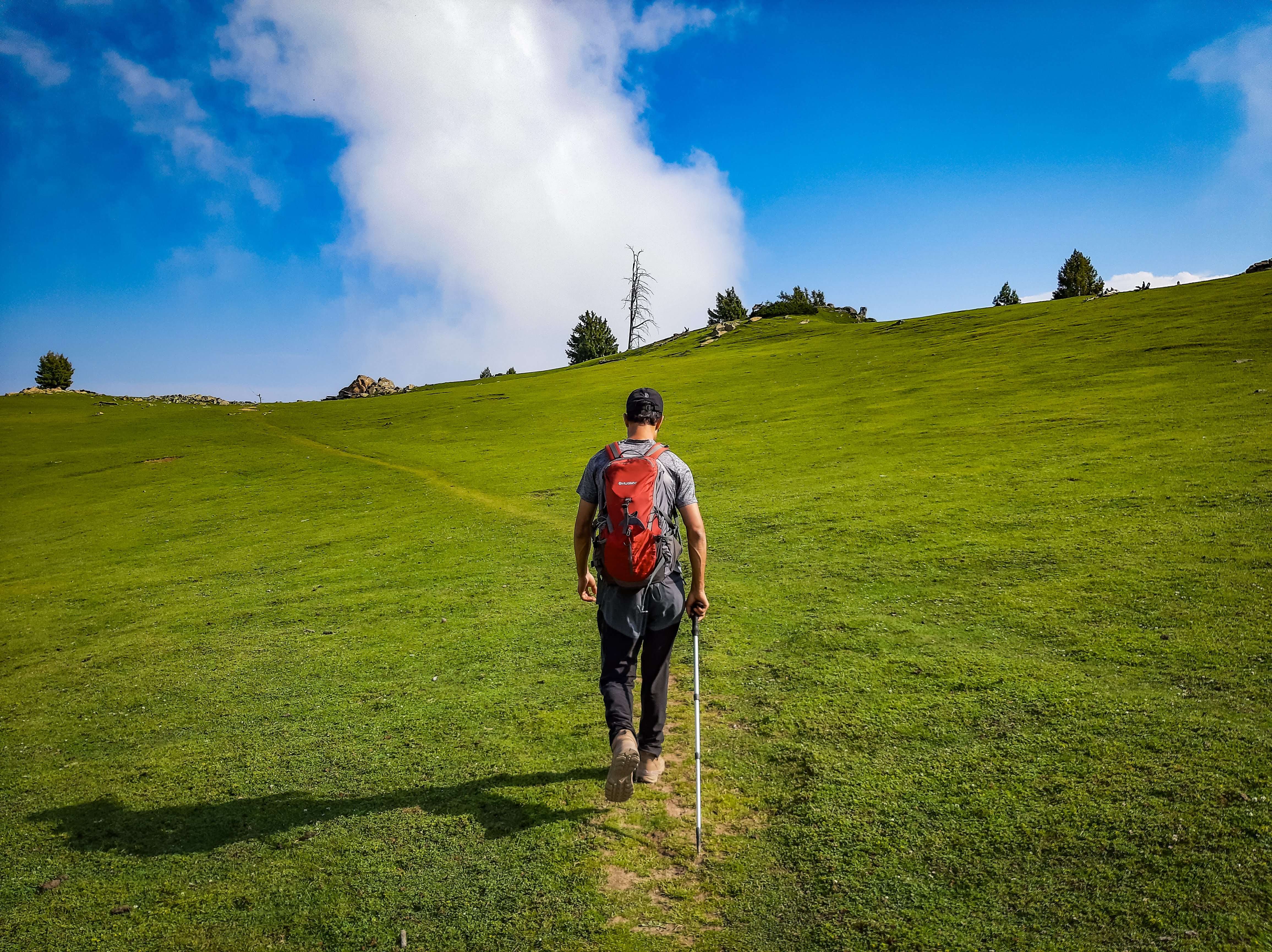
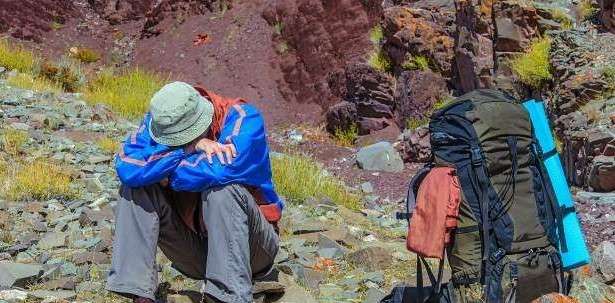
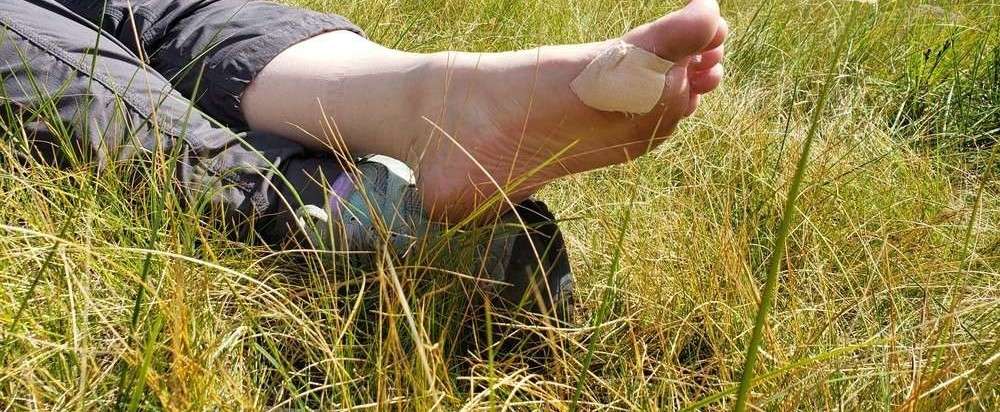
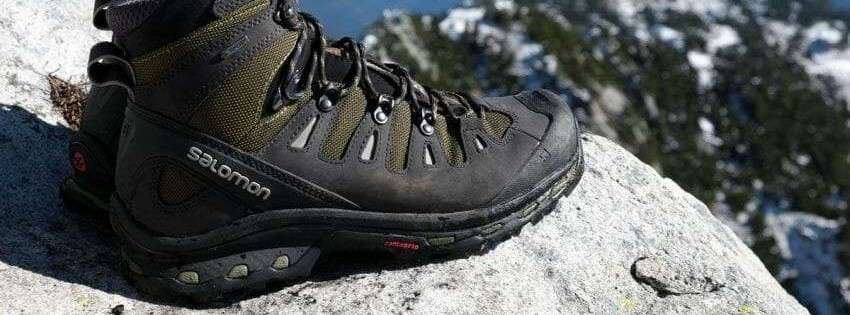
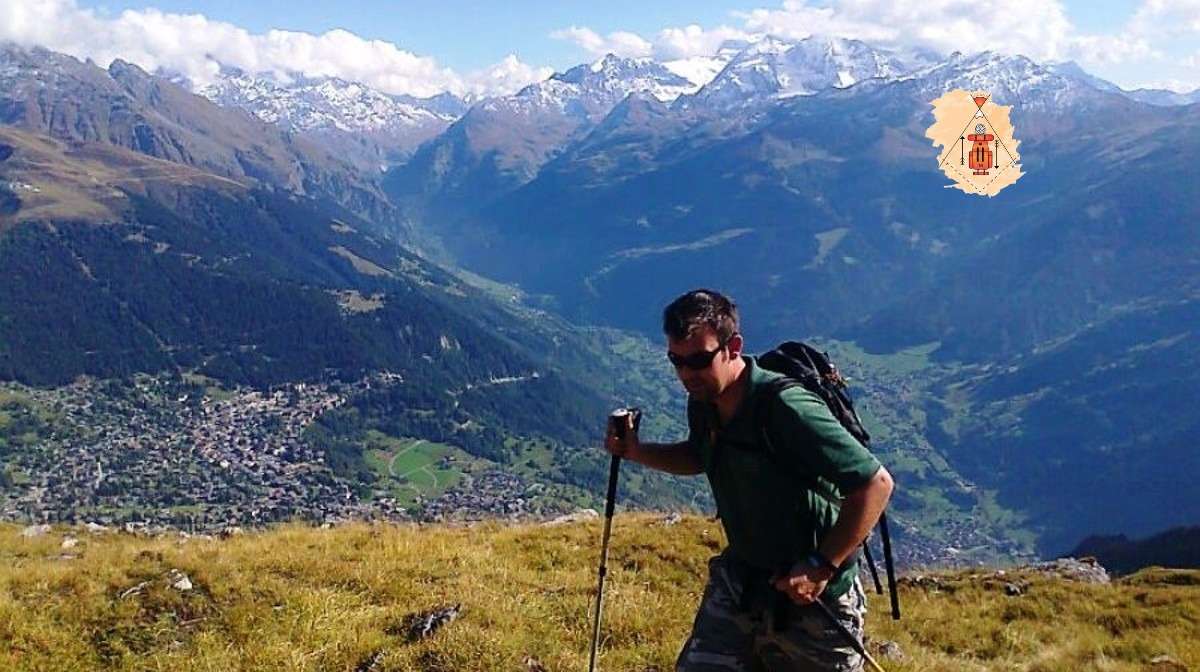
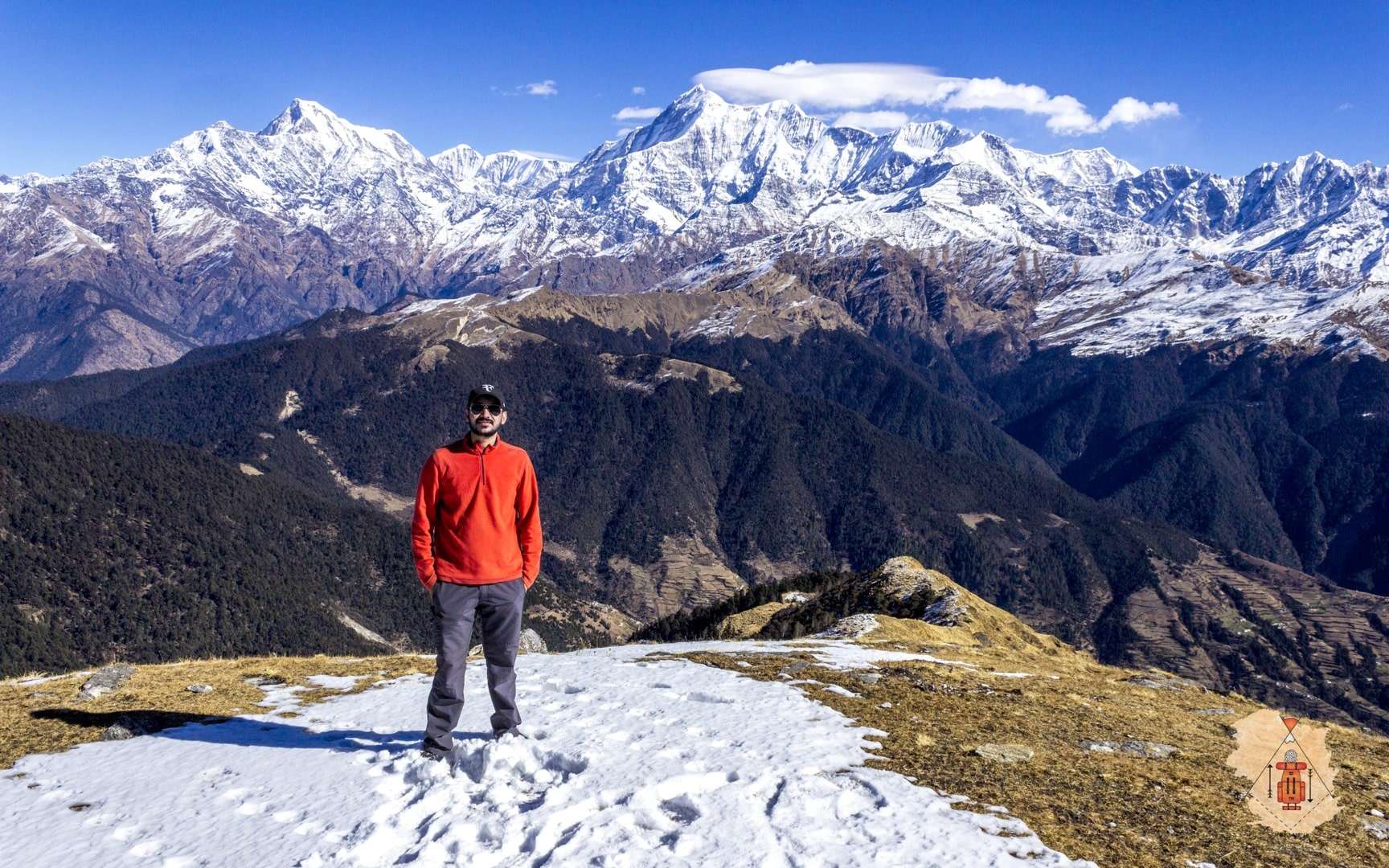
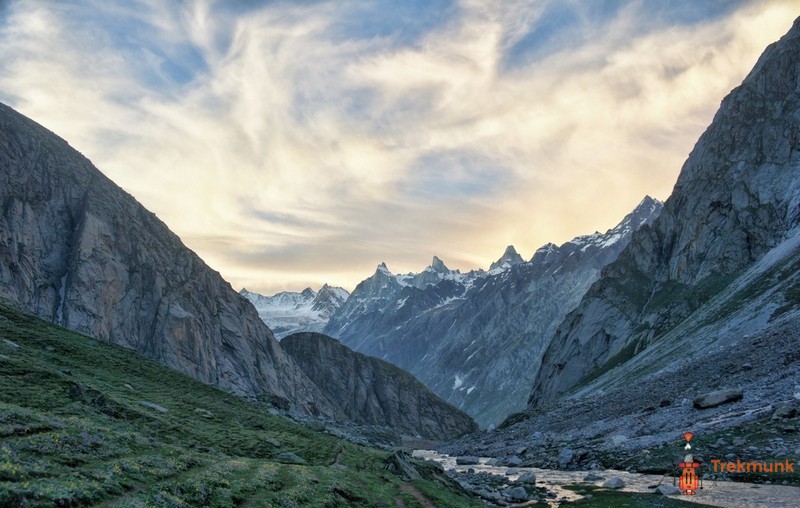
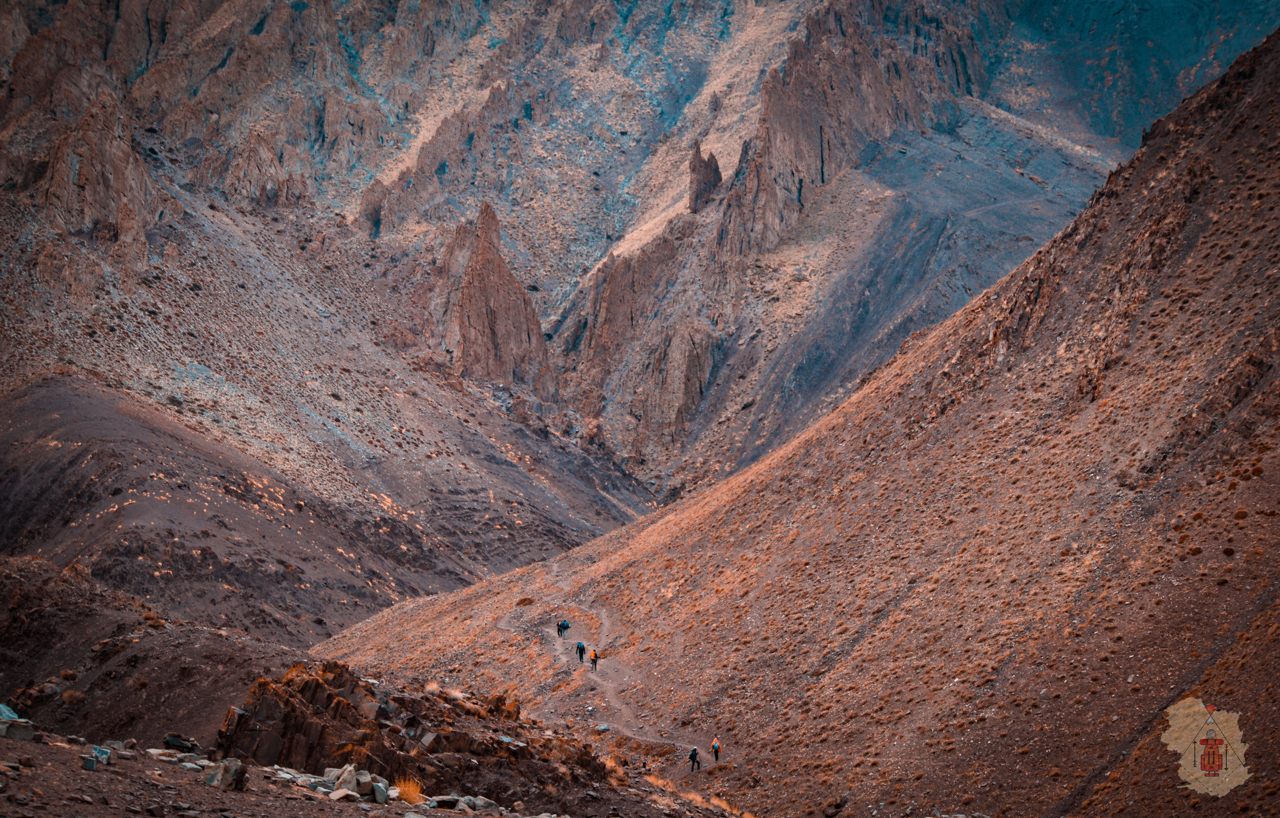
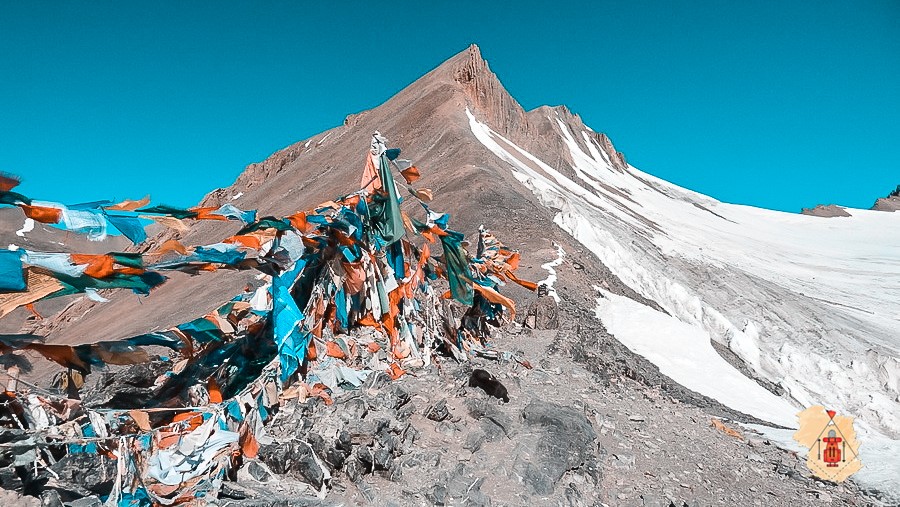
Harshit Patel : Co-Founder at Trekmunk. A certified Mountaineer, Skiier, has led more than 50 high altitude treks in the Indian Himalayas. He is an Engineer by profession but a traveler by passion. He has led treks in Kashmir, Ladakh, Uttarakhand, Himachal Pradesh, West Bengal, Sikkim and Nepal. He is a NOLS certified First Aid Responder and has covered 185,000+ km on Motorcycle. A Poet, Drone Pilot and Videographer at Insane Traveller Productions.